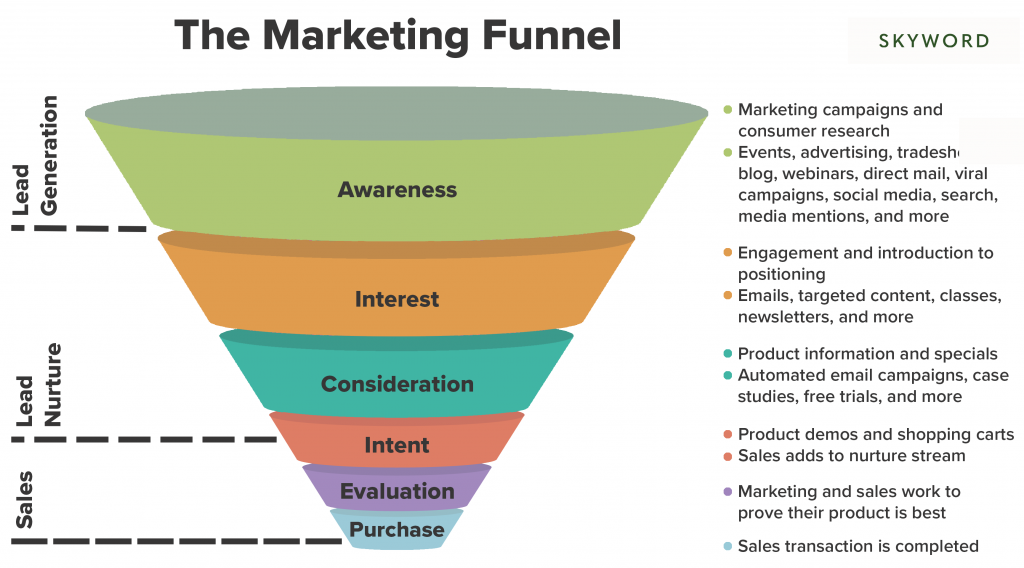
What is UI/UX?
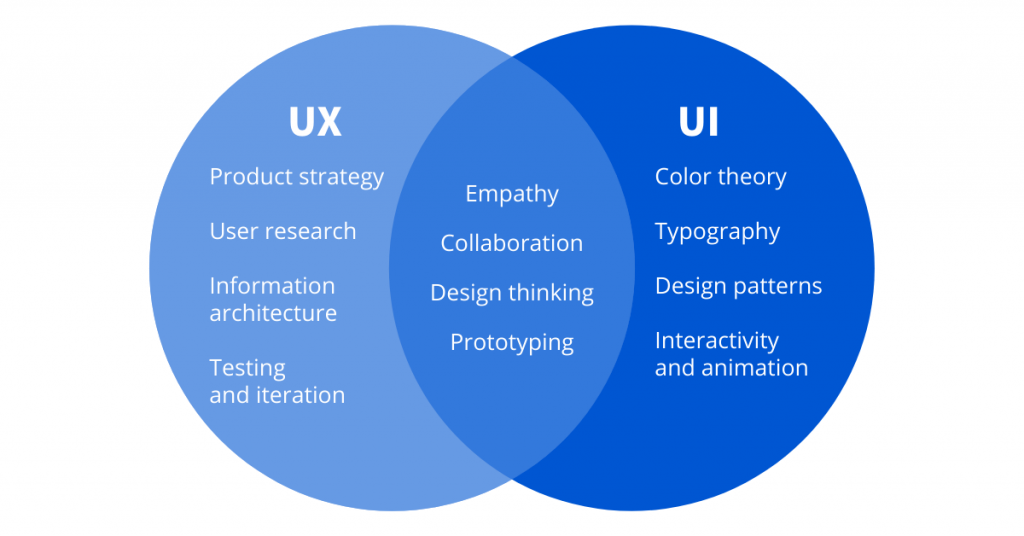
User Interface focuses on creating visually appealing and easy-to-navigate interfaces.
User Experience focuses on the entire user journey, ensuring it meets user needs and provides a seamless, efficient, and satisfying interaction.
Collectively, UI/UX focuses on the user (which is why we start with user journey and stories in the research process), ensuring that interactions are intuitive and enjoyable, so that the software is functional for them.
But it starts a little before that doesn’t it?
Just because an app is accessible and functional doesn’t mean it easily reaches the user — there are often barriers along the way.
Good UI/UX specifically aligns with the touchpoints of the user journey, shaping every interaction with the software into a clear and engaging experience.
The Basics

This is a diagram of the most fundamental Conversion Funnel – while different companies and business models may different goals, this flow reflects the way customer acquisition begins with awareness and exposure, and narrows down to loyalty or action.
The Consumer Journey
To fully appreciate the whole flow of the conversion funnel, we must take a look at the consumer journey.
In the saturation of consumer attention amongst digital marketing, there are a few fundamental steps which can help companies increase online customer acquisition and increase the capacity of their conversion funnel.
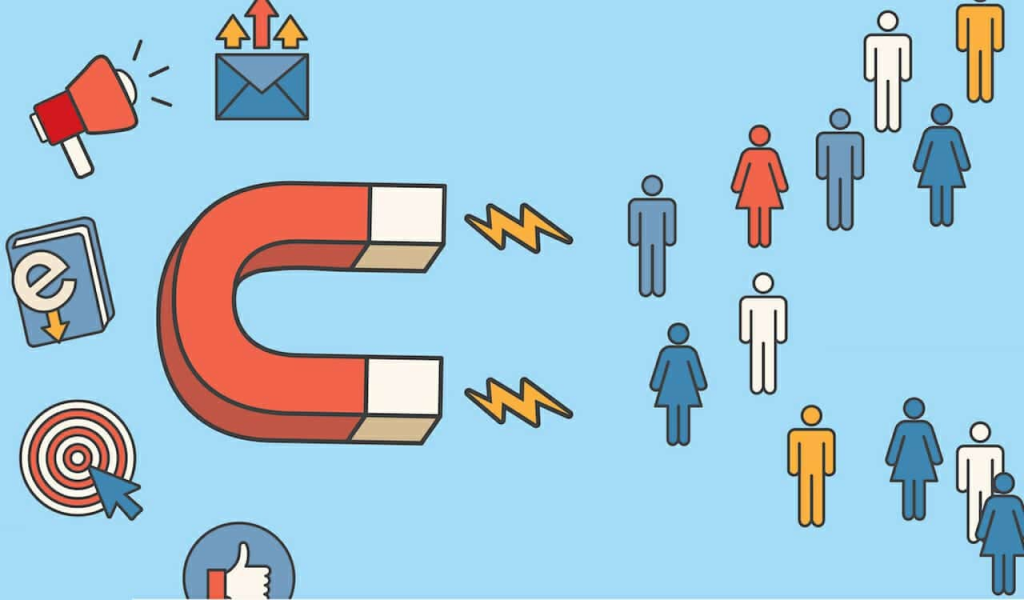
1.
Online Customer Acquisition
Getting new customers through digital channels (social media, Google ads, email, etc.).

2.
Set Up Advertisements
Set up running paid campaigns (Facebook Ads, Google Ads, Instagram Ads, etc.) to attract potential customers.

3.
Touch Points
The different places where a potential customer interacts with the brand, we provide several methods of entry to site engagement.
(e.g., they see an ad, click a link, visit a landing page, sign up for a newsletter, etc.)
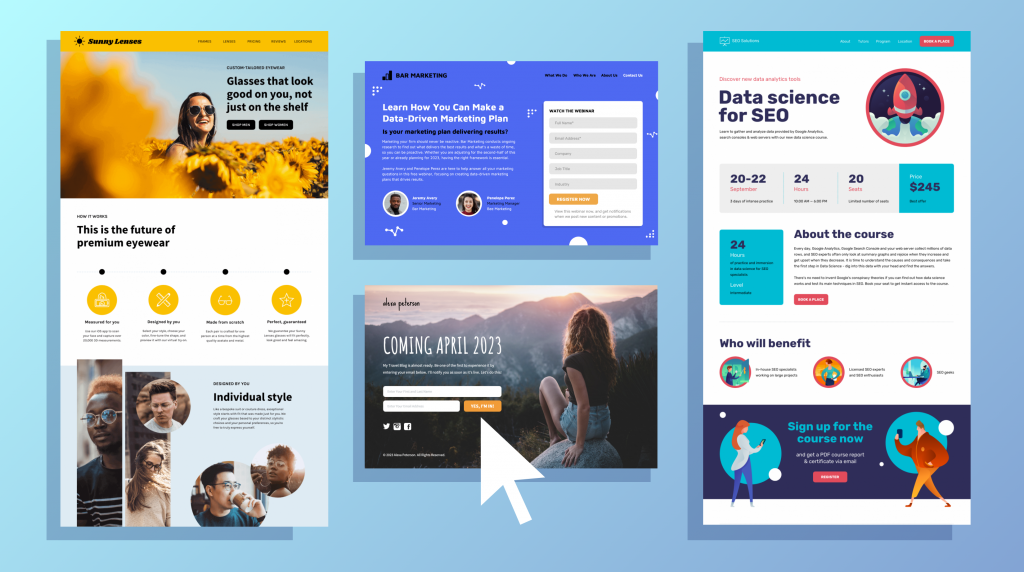
4.
Landing Pages
Here is where UI/UX wireframing begins to matter a lot more.
These describe the dedicated web pages you direct people to from ads, designed with a specific goal (like signing up, booking, or buying).
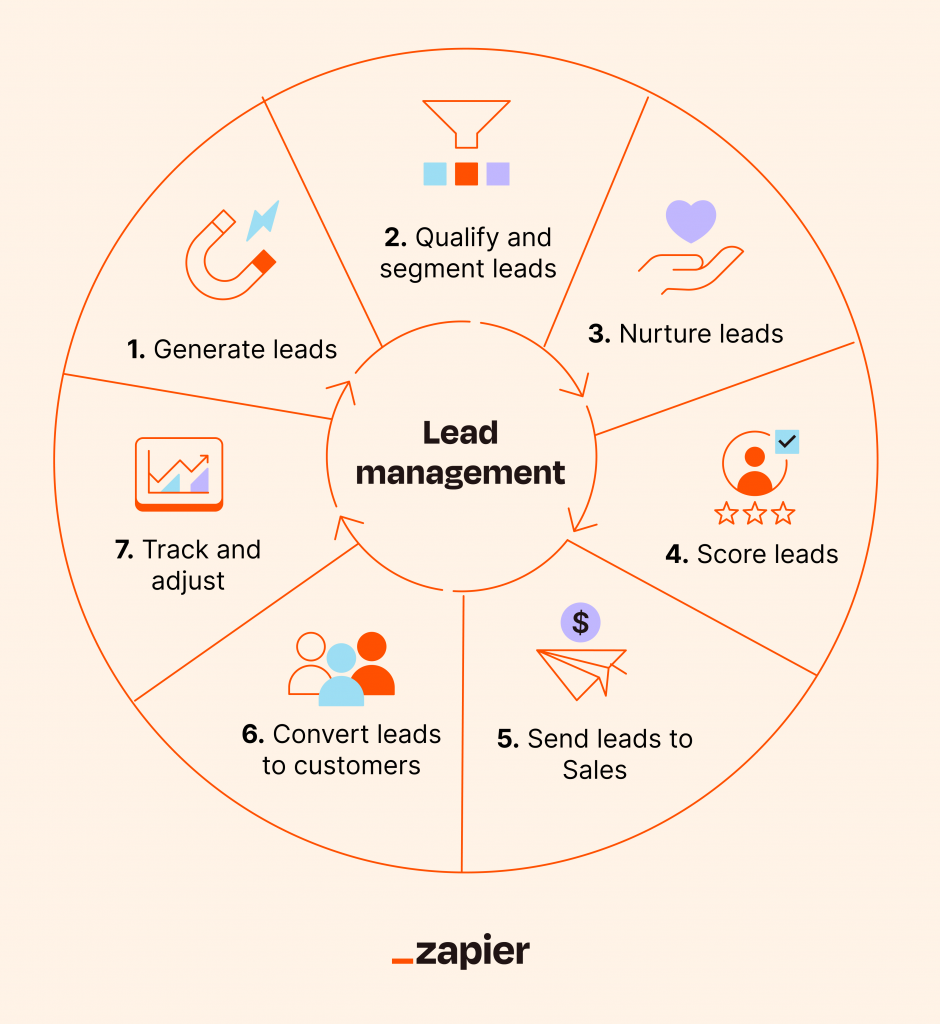
5.
Create Leads
turning that interaction into a valuable action, like collecting their contact details or encouraging a purchase — basically converting visitors into potential customers.
The Current Digital Marketing Age
There are ways to optimise marketing at every single step of the consumer journey. With the digital environment changing rapidly, brands and businesses can access consumers through a more diverse range of advertisements and touch points.
One of the biggest advantages in today’s data-driven age is the unprecedented access to marketing statistics and the ability to synthesize them using AI. As consumer profiles become increasingly detailed, businesses can tailor their marketing to highly specific demographics, not only widening their reach but also strengthening the conversion funnel and building a more loyal customer base.
But with broader reach comes greater competition. As markets grow more saturated, effective marketing must become increasingly targeted, a trend that has defined the past decade.
Why is UI/UX Essential to Customer Acquisition and Digital Marketing?

Understanding the customer base through user research in UI/UX is essential for creating tailored experiences that speak to niche markets and help products and services stand out. From running ads that guide users to customised landing pages, to tracking touchpoints across websites and apps, strong UI/UX captures attention, reduces friction, and turns curiosity into leads — and ultimately, loyal customers.
Why Every Click Matters in the Attention Economy
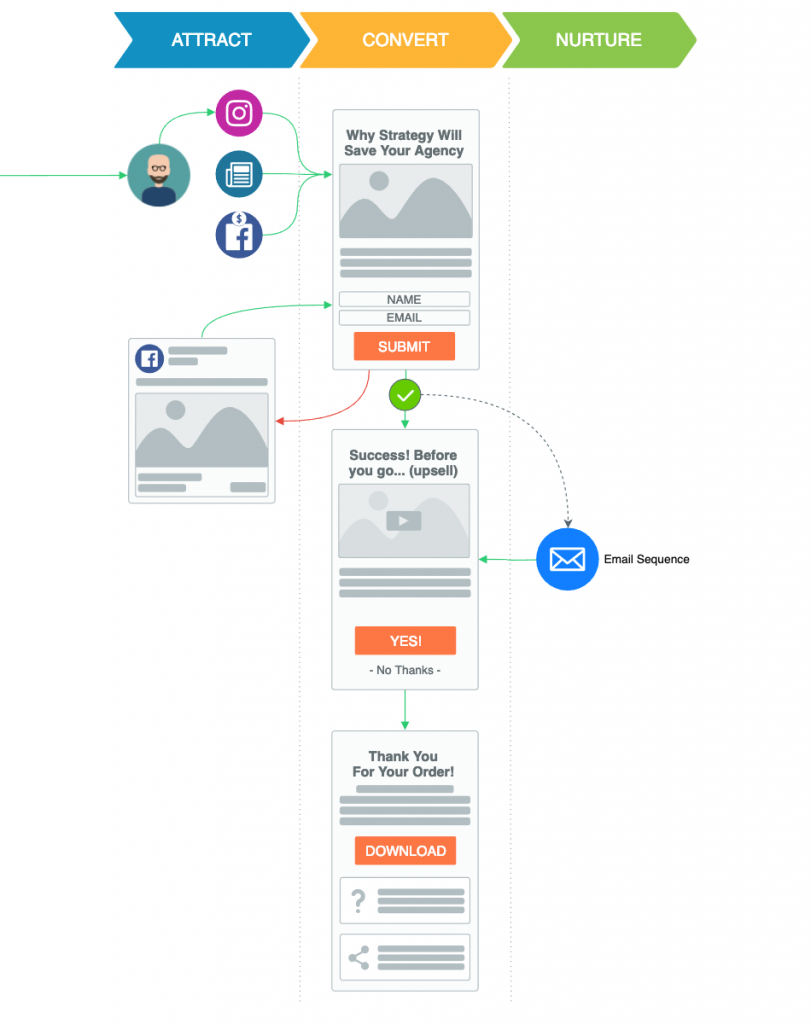
One common misconception about UI/UX is that only the later stages matter — the wireframes, prototypes, and final pages. In reality, the research that underpins these designs is critical, enabling us to understand target audiences and inform how we structure web pages.
In the attention economy, the customer journey is all about capturing and maintaining focus. Every click, button, and pathway reflects how effectively we guide users through the experience. Good UI/UX reduces friction, ensures intuitive navigation, and helps users reach their goals efficiently within the funnel.
Open Discussion
Food for Thought
- Are we optimizing UX for users or for conversion metrics — and can those two goals conflict?
- If the common consumer cannot differentiate AI – generated content from filmed media, what impact could this have on how consumers interpret advertisements?
- Could hyper-targeted funnels risk alienating users by feeling too engineered?
- What are some factors which can increase and/or deter customer loyalty after step 5, where the customer lead is created?
